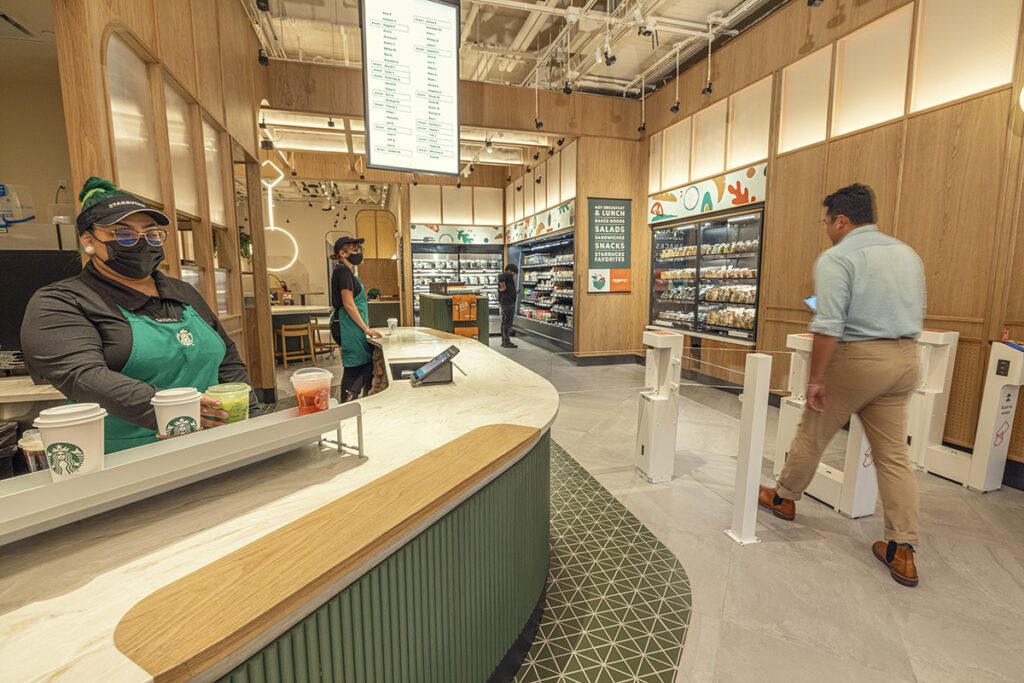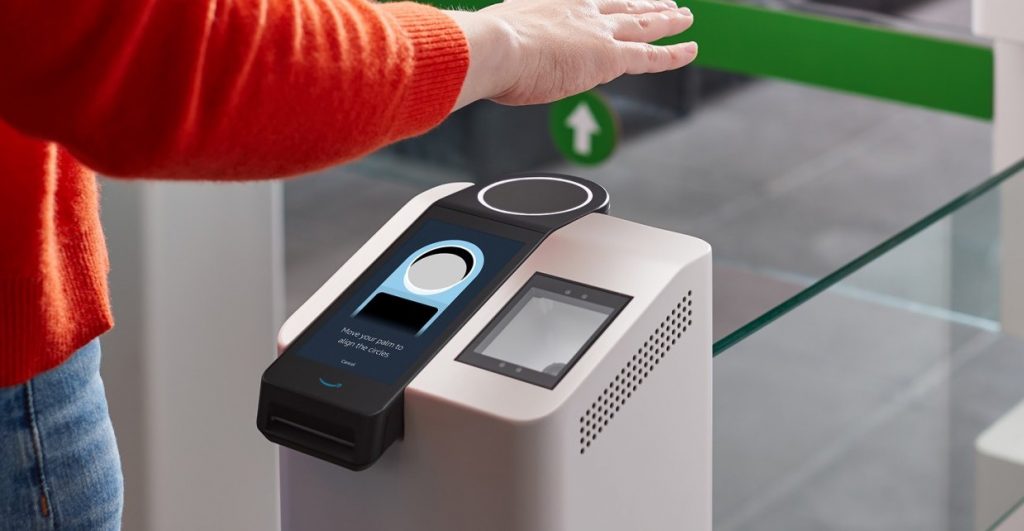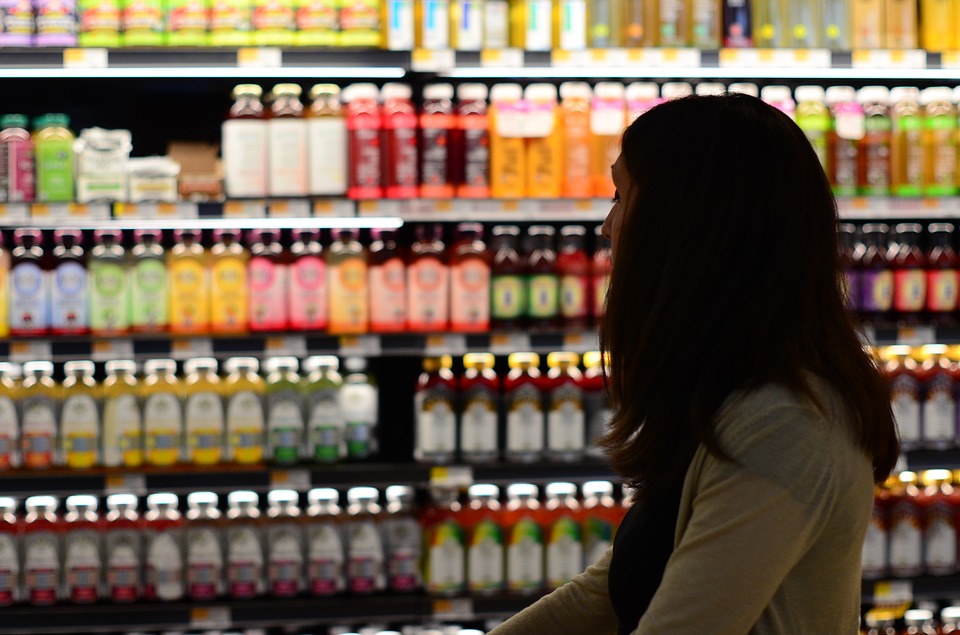
Starbucks the Real Winner in Amazon Go Collaboration
Recently Starbucks announced a collaboration with Amazon Go on a New York City store that combines Starbucks Pickup concept with Amazon’s Go concept.
A Fast Company article titled Starbucks and Amazon team up on their first store, but I can’t see what’s in it for Starbucks tries to assert that the collaboration is ridiculously titled in favor of Amazon Go.
I respectfully disagree.
Customer Experience Learning Delivers Starbucks More Learning Than Amazon Go
Lost on Fast Company’s Mark Wilson is the incredible value to Starbucks to not only learn about Amazon’s Go technology, but more importantly to observe how their customer experience is impacted by the introduction of the Amazon Go fortress gates and related surveillance technology.
Starbucks can gather incredibly valuable customer insights from the answers to these and other questions:
- How does dwell time in the concept store compare to other New York City traditional Starbucks locations nearby?
- How is purchase size per customer visit impacted?
- Is there an uptick in grab ‘n’ go purchases versus Starbucks’ own grab ‘n’ go items?
- How do customers feel about the presence of the Amazon Go security gates and all of its necessary surveillance cameras?
- How does the composition of the customer experience in the Amazon Go concept test location affect visit frequency?
- How does the composition of the customer experience in the Amazon Go concept test location affect brand perception?
- How does the composition of the customer experience in the Amazon Go concept test location affect customer loyalty?
There is more to ongoing success in business than the quest for hyper-efficiency or profit above all else. Creating a valued and differentiated customer experience matters. In the same way products can become commoditized, services, and even experiences can be commoditized to.
Continuous Experimentation is Worth the Investment
Continuous experimentation is just as important for customer experience design as it is for mature product design and service design practices. Companies like Chick-fil-A, Kaiser Permanente, and OSF HealthCare have invested in facilities to prototype and test potential alterations in their service and experience delivery. I’ve had the opportunity to visit all three of these facilities in person and the privilege of advising one of these three organizations. It is harder to conduct experience experiments, but not impossible – and incredibly important.
It is because of the greater challenge of prototyping experiences and gathering accurate feedback that Starbucks stands to gain more from this collaboration with Amazon Go. And while Starbucks could easily replace Amazon Go with a competitor, Amazon isn’t likely to start their own global chain of coffee houses.
If you haven’t already come across this article, this article by Larissa Gomes is worth a read:
Amazon Go has competition: Meet 6 other automated stores transforming retail
Not mentioned in the article is startup Standard Cognition:
Final thought: You may also notice in the picture at the top of the article – if you look closely – the last minute technology investment I highlighted in my last Starbucks article.
Keep innovating!
Image credits: Starbucks
![]() Sign up here to get Human-Centered Change & Innovation Weekly delivered to your inbox every week.
Sign up here to get Human-Centered Change & Innovation Weekly delivered to your inbox every week.


